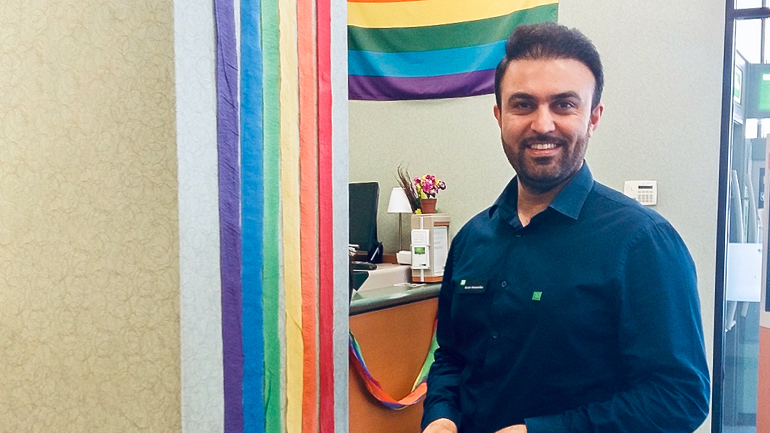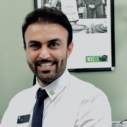The first time I saw a Pride flag was in a magazine my friend gave me with a photo of Michael Jackson on the cover. I was 16 years old.
Growing up in Iran, I didn't speak English, and didn't understand the article. But as I scanned the photo of a large crowd protesting, I noted the word 'Gay' for the first time, alongside the rainbow Pride flag.
Seeing the joyful colours of the flag for the first time filled me with unexplainable hope. Transfixed, I tore the photo out of the magazine and hid it in my wallet where no one would see it.
I grew up in Shiraz, Iran, where my childhood was shaped by the Iran-Iraq War. Many of my earliest memories are related to conflict, religion, prejudice, and fear. In the years following the Iranian Revolution, my country was very conservative. For a man to even wear a T-shirt out in public was considered shameful.
Gay people in Iran could be imprisoned or executed.
By 18, I was being bullied and beaten by classmates, and yet I kept the bruises hidden from my family because they didn't know I was gay. Eventually, even my family members began to direct anger over my sexual orientation at me. Me being gay was hard for them to understand.
On top of the verbal and physical assaults, I felt torn about who I was. I was raised as a religious person, and I had trouble accepting this part of myself and felt overwhelmed by constant criticism and abuse.
With little hope for the future, I tried taking my own life.
But I lived. The morning after my suicide attempt, I awoke knowing that from that day forward I would only rely on myself to survive.
During those dark times, I often found myself reaching for that hidden picture of the rainbow flag. It brought me some comfort to know there were places where that flag, and people like me, were accepted. The flag had become a symbol of hope that transcended language and place.
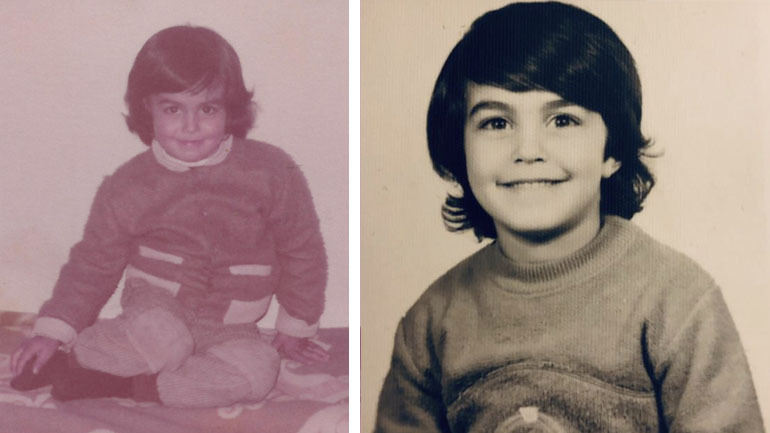
Colours of hope
After university, I landed a good job at the headquarters of a major bank. Gradually, I had been building a life independent of my family.
I bought a condo, and eventually met a partner online who moved in with me.
To outsiders we were simply roommates, but the pressure from family and colleagues to live a 'normal' life was still so great that I was briefly engaged to a woman I worked with before breaking things off.
There was no escaping the scrutiny of those around me. People began questioning why I still lived with another man. When my boyfriend's family found out about us, I was flooded with fear as I recalled the trauma I had endured in my past. It was devastating for both of us.
Those feelings motivated me to make a snap decision in June of 2010 to flee Iran and start a new life somewhere else. Within a month, I had sold my car and condo. I said goodbye to friends. My father thought I was out of my mind, but my mother told me to go because she knew the country was unsafe for me. As long as I was alive and happy, she said, she would be at peace.
After the goodbyes, my partner and I fled to Ankara, Turkey, and applied for refugee status with the United Nations. I was 30 years old, and everything I owned fit into two suitcases. In them were some clothes, some family pictures, and my diploma.
In my wallet I still carried the picture of that rainbow Pride flag.
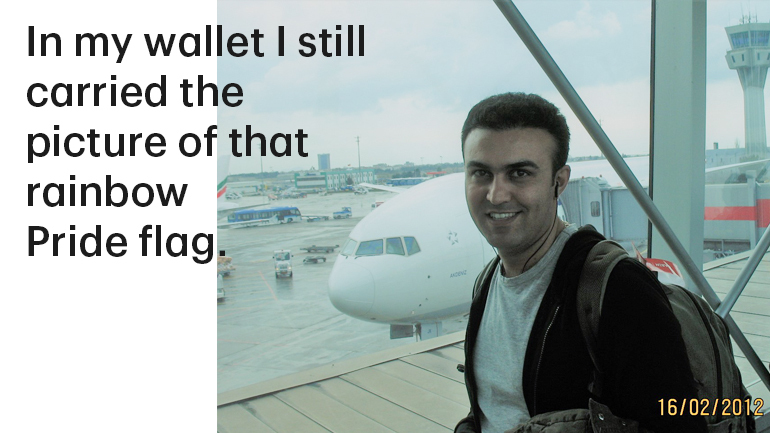
Getting UN Refugee Status
Over the next year and a half, we applied for and were eventually granted refugee status by the United Nations. I cried tears of sadness to officially leave my old life behind, but also tears of relief over a future where I could be free.
My partner and I applied to settle in Canada because we knew same sex marriage was legal there. We landed at the airport in Toronto on Valentine's Day, 2012, to start our new life.
On our second day in Canada, a social worker and translator (I still didn't speak English) picked us up along with a few other Iranian refugees, to go open a bank account. The social worker took us to what I later learned was known as the 'Gay Village' in Toronto. I was shocked to see rainbow Pride flags painted on the streets and sidewalks.
But it was inside the TD branch at Church and Wellesley Streets, however, that my life was forever changed.
Inside the branch were more Pride flags, including a very large one up on the wall. I couldn't believe I was seeing this at a bank! I thought back to the bank I worked at in Iran, and how I'd had to hide who I was to fit in. All around me were Pride flags, just like the one I had kept hidden in my wallet all those years. I was overcome by the moment and found myself making another snap decision.
"I want to work here," I blurted out in the Farsi language.
This made the others who understood Farsi laugh because I didn’t speak a word of English. But I meant it. The appointment felt surreal. While I couldn't understand what was said, seeing the flag told me everything I needed to know about the culture at TD.
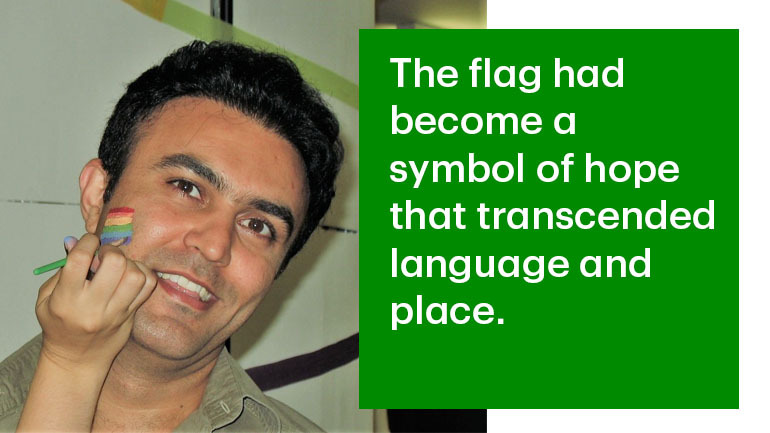
Symbols communicate workplace values
Eventually, after working hard to learn English I dropped my resume off at a branch in 2014 and received a call to interview for a Customer Service Representative position at the branch close to where I lived. The hiring manager said she would give me a chance, and I cried tears of happiness over the chance to work in banking again, only this time in a place where I was finally equal to everyone else.
In January of 2016 I got my first promotion and was transferred to that same branch near the corner of Church and Wellesley, and found myself opening accounts for other refugees and new Canadians from the very same office where I had opened my first account.
These days, I work as a Senior Compensation Analyst at TD and am proud that the bank is giving me the opportunity to help refugees through a mentorship program TD is working with called the Tent Partnership for Refugees. The program matches employee volunteers with refugees to help them establish business contacts and mentors in their host country.
Sometimes when I'm at work and I see the Pride flag, I think back to that tattered photo I kept in my wallet all those years. I remember what those colours meant to me when I first saw them 25 years ago, and what they still mean to me today.
If I hadn't seen that flag when opening my account at TD, I likely would have ended up working somewhere else.
But seeing it made this organization stand apart for me. Those colours kept me alive when I had little hope, and now the symbol of that flag proudly communicates values of equality as I live and work alongside others in harmony, and without fear.
